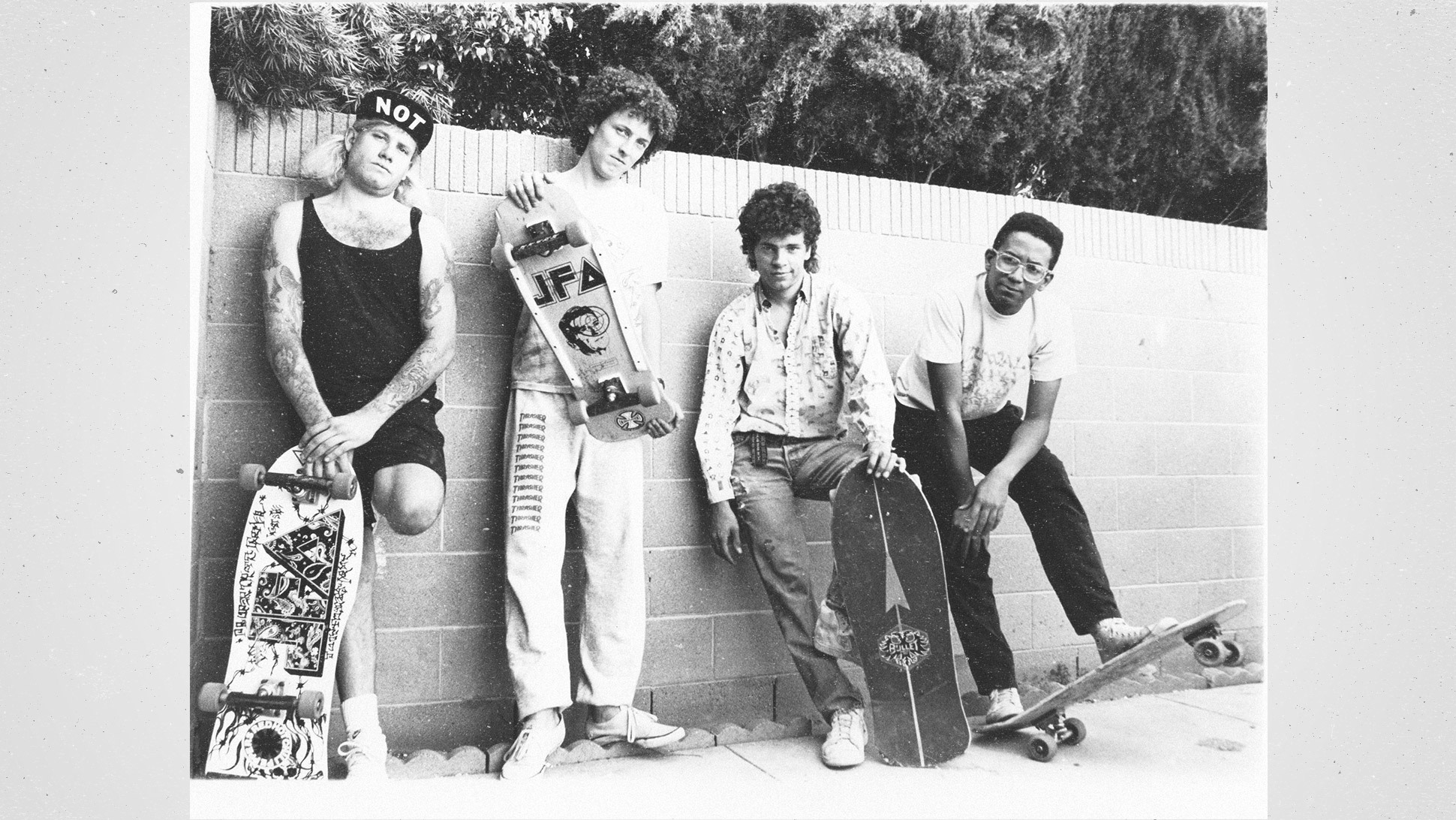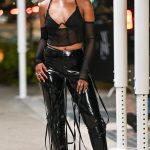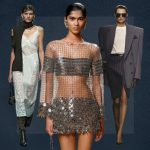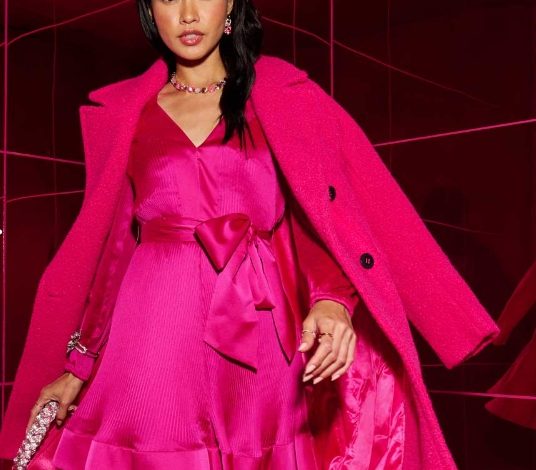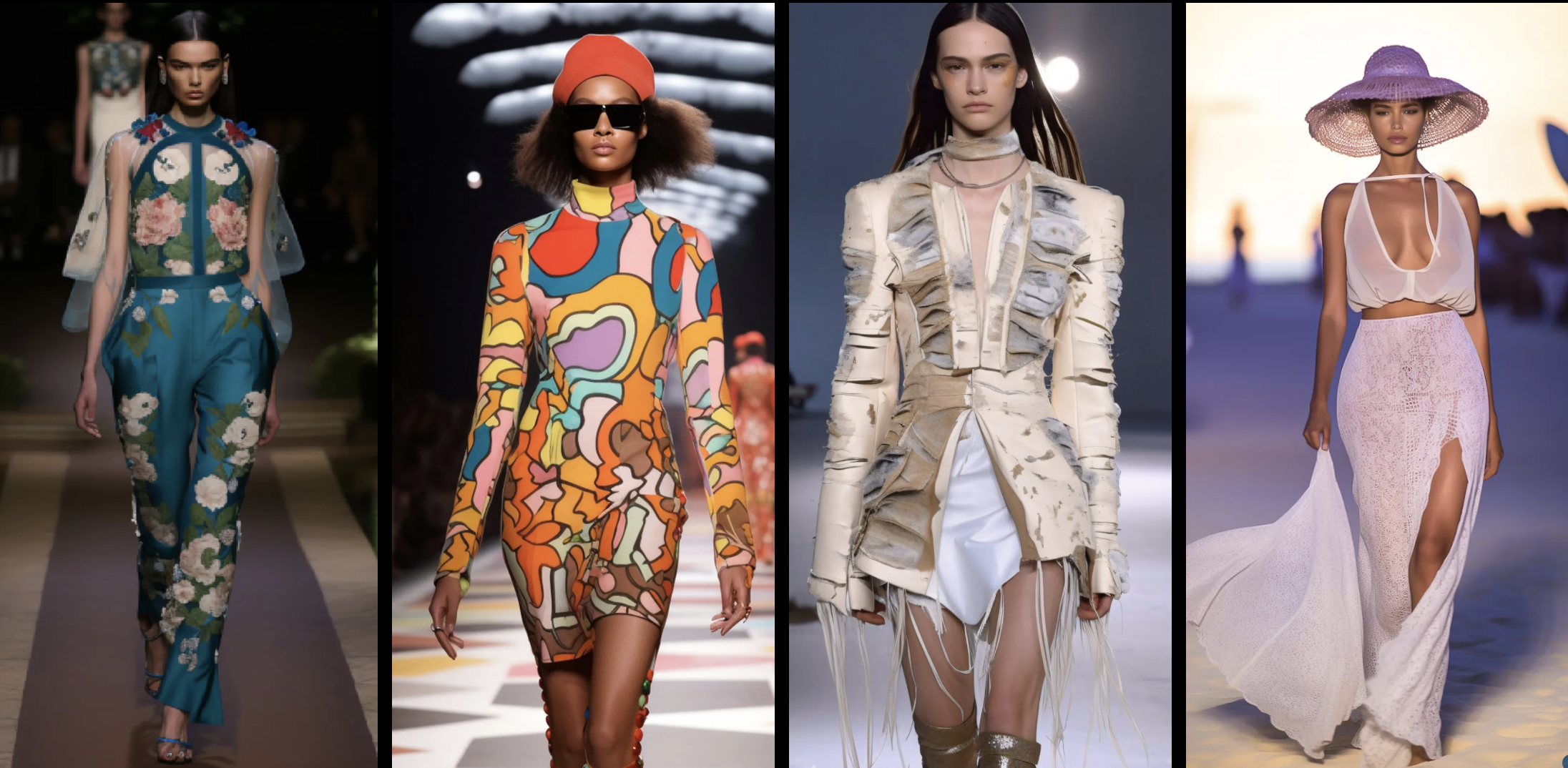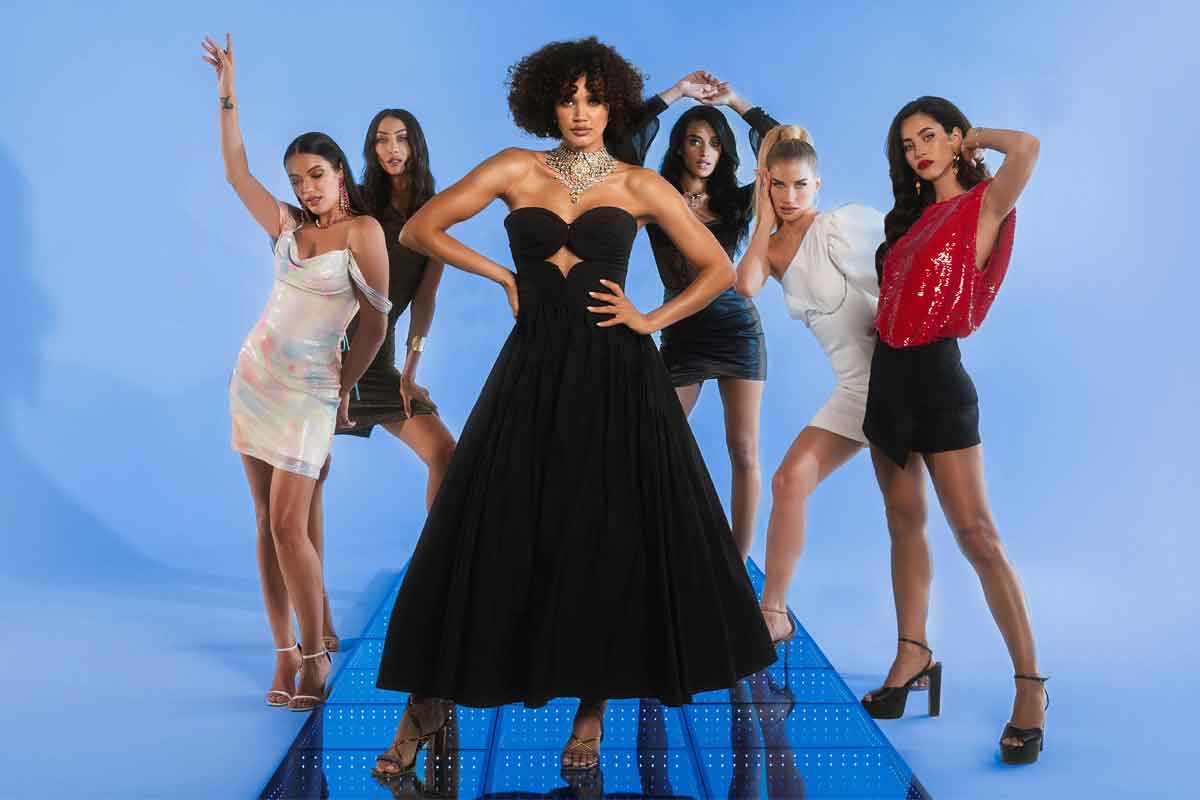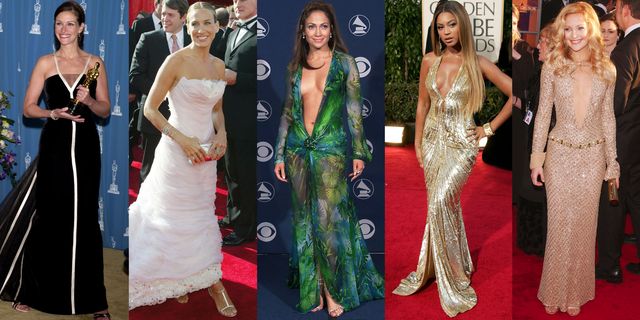
Styling the Stars: Hollywood’s Take on Futuristic Fashion
It’s no secret that Hollywood has always been ahead of the curve when it comes to fashion. From glamorous red carpet events to iconic movie moments, celebrities have influenced trends and set the standard for what’s considered stylish. But what happens when Hollywood takes on the challenge of depicting the future? Well, you get a unique blend of creativity, imagination, and of course, incredible fashion!

Throughout the years, we’ve seen Hollywood’s interpretation of futuristic fashion evolve in fascinating ways. From the retro space-age looks of the 1960s to the sleek and minimalist designs of today, the silver screen has always pushed the boundaries of what we think is possible in terms of fashion.
One of the earliest examples of Hollywood’s take on the future can be seen in the 1968 film “2001: A Space Odyssey.” The costumes, designed by Hardy Amies and created by none other than the legendary designer Barbara Warner, feature clean lines, metallic fabrics, and geometric shapes. The overall look is futuristic, yet somehow timeless, as if the movie is giving us a glimpse into a possible future rather than an exaggerated version of it.
Moving forward, the 1982 cult classic “Blade Runner” brought us a dystopian vision of the future, where fashion plays a significant role in creating a unique atmosphere. Costumes designed by Michael Kaplan and Charles Knode feature a mix of vintage-inspired clothing layered with futuristic elements. The result is a world where high-tech meets everyday wear, with characters like Rachael, played by Sean Young, sporting shoulder pads, elegant coats, and oversized sunglasses that still feel relevant today.
Fast-forward to the 1990s, and we get a completely different take on futuristic fashion in movies like “The Fifth Element” and “Gattaca.” French costume designer Jean-Paul Gaultier is responsible for the iconic looks in both films, where he combines bold colors, intricate patterns, and unconventional silhouettes. These films not only show us a future filled with unconventional fashion choices but also serve as a reminder that fashion is a form of self-expression that knows no bounds.
In more recent years, we’ve seen a shift towards a more minimalist approach to futuristic fashion. Movies like “Ex Machina” and “Her” demonstrate a sleek and streamlined aesthetic where simplicity and functionality are key. Costume designers Sammy Sheldon and Casey Storm speak to the idea that the future is not only about impressive technology but also about simplifying our lives, including our wardrobes.
What’s fascinating about Hollywood’s take on futuristic fashion is that it often mirrors the fashion trends of its time. For example, the 1960s and 1970s space-age fashion in films like “Barbarella” and “Star Trek” reflect the bold, experimental styles that were prevalent in those decades. Similarly, the sleek and minimalistic designs seen in more recent movies align with the minimalist fashion movement that has gained popularity in the past few years.
But beyond the trends and styles, Hollywood’s depiction of futuristic fashion sparks our imagination and challenges our perceptions of what is possible. It invites us to think outside the box and explore new possibilities, not only in fashion but also in how we envision our future. After all, fashion is not just about what we wear; it’s a reflection of who we are and who we want to become.
So, the next time you watch a movie set in the future, pay attention to the costumes and fashion choices. See how they not only enhance the storytelling but also open up a world of possibilities. And who knows, maybe you’ll even find some inspiration for your own wardrobe, pushing the boundaries of your personal style in a way only Hollywood can do.

